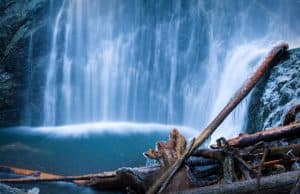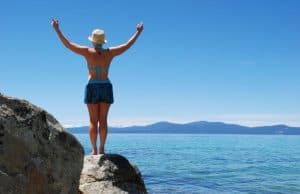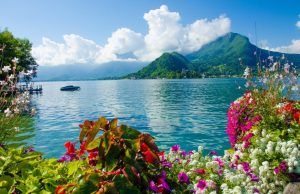This post contains affiliate links. If you click and purchase, we may earn a small referral fee at no extra cost to you. Read our full disclosure.
What are the origins of volcanic lakes?
Lakes sometimes form in a crater left after an explosive volcanic event. Sometimes they form from the collapse of a volcano’s cone; these lakes are known as caldera lakes.
Lakes can also form when lava, mud or ash obstruct an existing river or stream path after an eruption. Some volcanic lakes are filled with life-sustaining water that supports abundant plant and animal life, while others are filled with a toxic brew of hot gasses, acids and liquefied minerals.
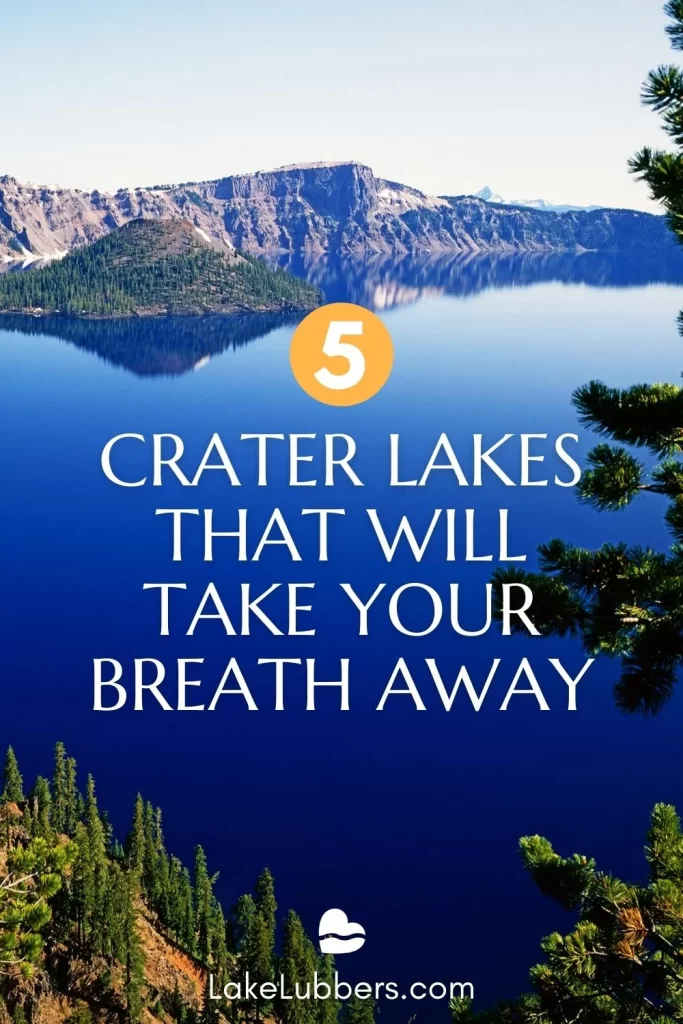
Fresh-water lake formation is an evolutionary process over thousands of years. How quickly this evolution happens depends of the volume of escaping toxic material, the volume of fresh water flowing into the lake, and how quickly the volcano settles into dormancy.
Some volcanic lakes remain in the toxic chemical-soup state for long periods because the underlying geology is still very active. Because some chemical lakes are very beautiful, yet toxic and unpredictable, primitive cultures often believed that hostile gods lived in their depths.
Today, photographers seek out volcano lakes due their vibrant, changeable colors. Let’s take an armchair world tour of some of the most popular volcano lakes.

Crater Lake, Oregon
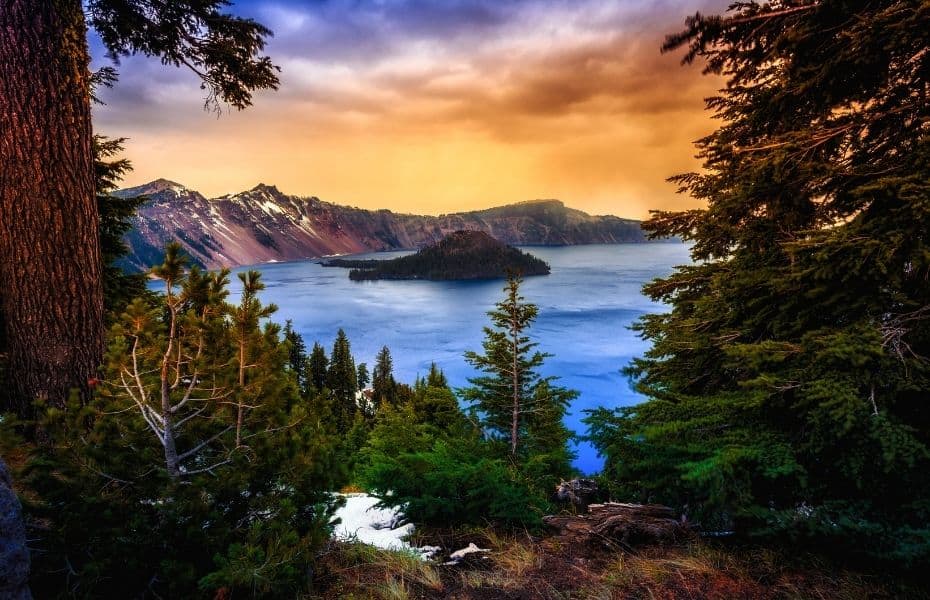
Crater Lake in Oregon is often called one of the world’s most beautiful lakes. Located at the crest of the Cascade Range about a hundred miles inland from the Oregon coast, Crater Lake is the United States’ deepest lake at 1,943 feet.
Created almost 8,000 years ago as a result of a volcanic explosion, this caldera lake covers 13,056 surface acres at an elevation of 6,171 feet. Crater Lake gains its water primarily from annual snowmelt and has no outlet streams.
Protected within Crater Lake National Park, visitors are welcomed by two visitor centers and can camp, fish from shore for salmon or trout, hike, view wildlife, cross-country ski, scuba dive or take a guided boat tour.
Visitors enjoy views of the beautiful deep blue water from the Rim Drive, historic Crater Lake Lodge or the numerous campsites located within the park.

Lake Toba, Indonesia
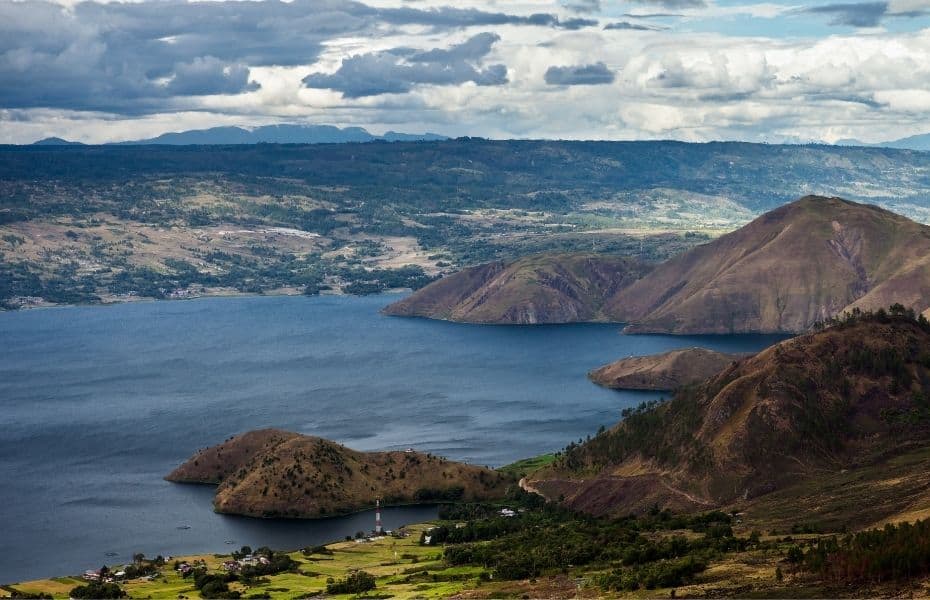
Lake Toba in Indonesia is the largest volcanic crater lake in the world, covering almost 272,000 acres. The lake is the result of a super-volcano about 75,000 years ago, believed to be the largest volcanic explosion on earth.
The island of Samosir, with 267 square miles, takes up much of the center of the 1,736 feet deep lake. The Province of North Sumatra is a land of lush green jungles and mountains, sparkling lakes, breathtaking waterfalls and exotic birds and animals.
Lake Toba’s 2,969 feet elevation is a welcome relief from the sometimes oppressive humidity of the lowlands. Samosir is geared to tourism with plenty of lodging opportunities, including some traditional stilt-house rentals, marketplaces filled with traditional crafts and native villages.
Tour boats ply the lake, and the local Batik people encourage visitors to many of their traditional ceremonies. Lake Toba’s exotic locale is a bucket-list-worthy destination.

Kelimutu Tri-Colored Lakes, Indonesia
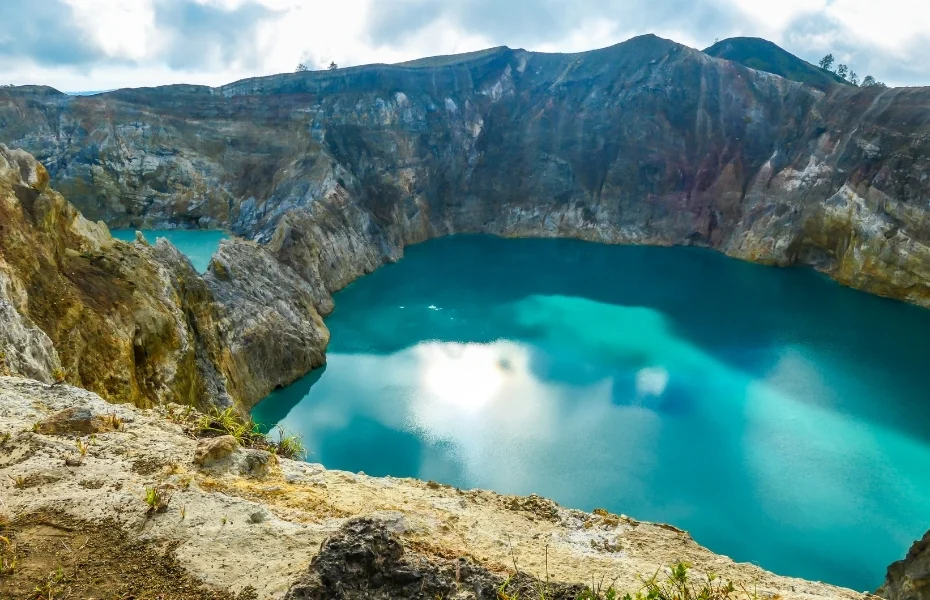
The Kelimutu Tri-Colored Lakes in Indonesia are toxic and share a caldera on Kelimutu volcano. Still somewhat active, the last steam explosion occurred in 1968.
Located on the Island of Flores at an elevation of 5,377 feet, these three lakes have different chemical compositions even though they originate from the same volcano. The lakes change colors unexpectedly.
The local people believed that the spirits of the departed reside in the lake; one is assigned to the spirits of those who die young, one to the elders, and one to evil spirits.
The Tri-Colored Lakes and Kelimutu National Park have become a favorite tourism destination, with look-out points constructed where photographers can get the ideal shot of all three lakes with colors ranging from red, blue, green, brown and nearly black. Visitors must remain at a distance as the fumes from the lakes can be dangerous.
Lodging accommodations can be arranged in Muni, the nearest village. A visit to the Kelimutu Tri-Colored Lakes is an absolute necessity to top off a visit to nearby Komodo Island to see the famed Komodo Dragons.

Lake Taupo, New Zealand
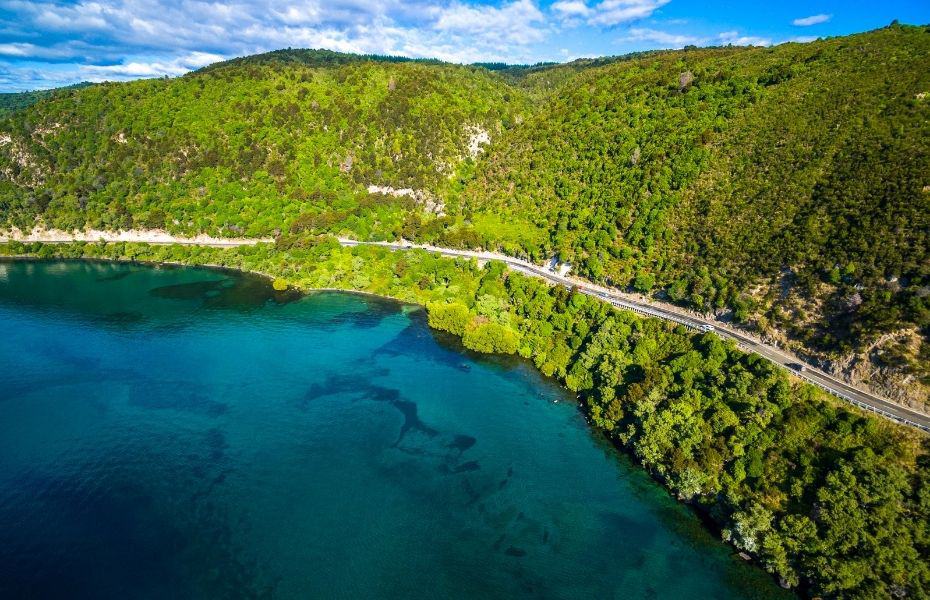
Lake Taupo, North Island, New Zealand, fills the caldera of a volcano that has erupted at least 27 times, the last being around 181 AD. Home to a Maori tribe for over 700 years, the lake is 538 feet deep, covers a huge 152,216 acres, and is surrounded by land protected by a group of conservancies.
The lake itself is a favorite for charter trout fishing, and a number of tour boats allow visitors to view the scenery and local wildlife. The famed 30-foot high Maori rock carvings are best seen from the water.
Nearby, the Craters of the Moon geothermal area offers boardwalks among geysers, boiling mud springs, hot pools and steam vents. With an elevation of 1,171 feet, the temperature is usually quite moderate, and the large numbers of guest lodgings make the Lake Taupo area an excellent choice for a holiday.

Lake Coatepeque, El Salvador
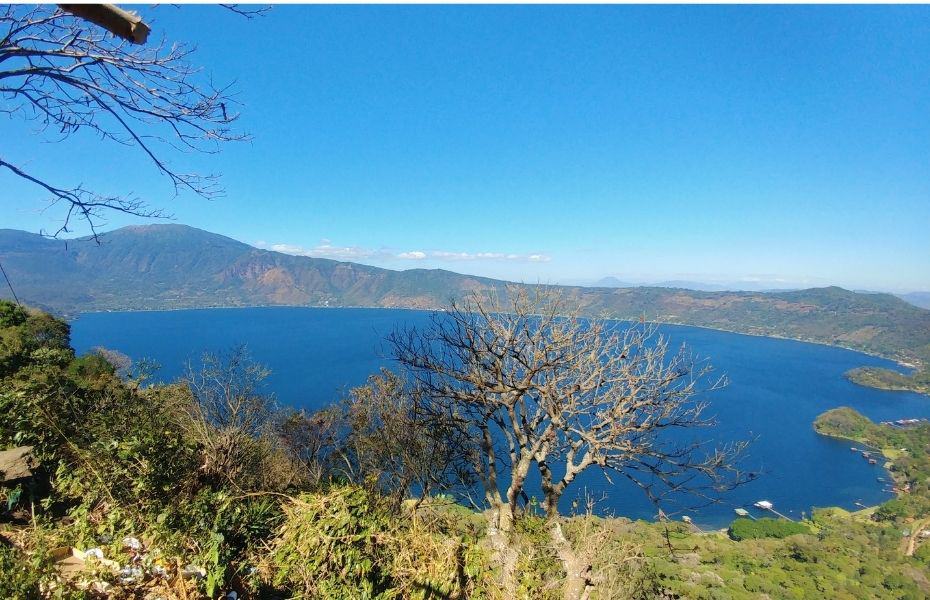
Lake Coatepeque in El Salvador formed in a caldera between 10,000 and 70,000 years ago. Lake Coatepeque covers 5,931 acres at an elevation of 2,448 feet.
The lake is a favored vacation and part-time residential destination for many who enjoy all sorts of water sports, boating, sailing and fishing.
Evidence of Lake Coatepeque’s volcanic past can be seen in the steam vents and hot springs on several islands within the lake. Archeological findings point to an important Mayan center once inhabiting two small peninsulas and the Isla del Cerro at the south end of the lake.
Two rim roads offer lovely views of the beautiful lake, and scuba divers enjoy exploring the 394-feet depths. Many resorts, hotels and private guest houses provide lodgings for holiday visitors.
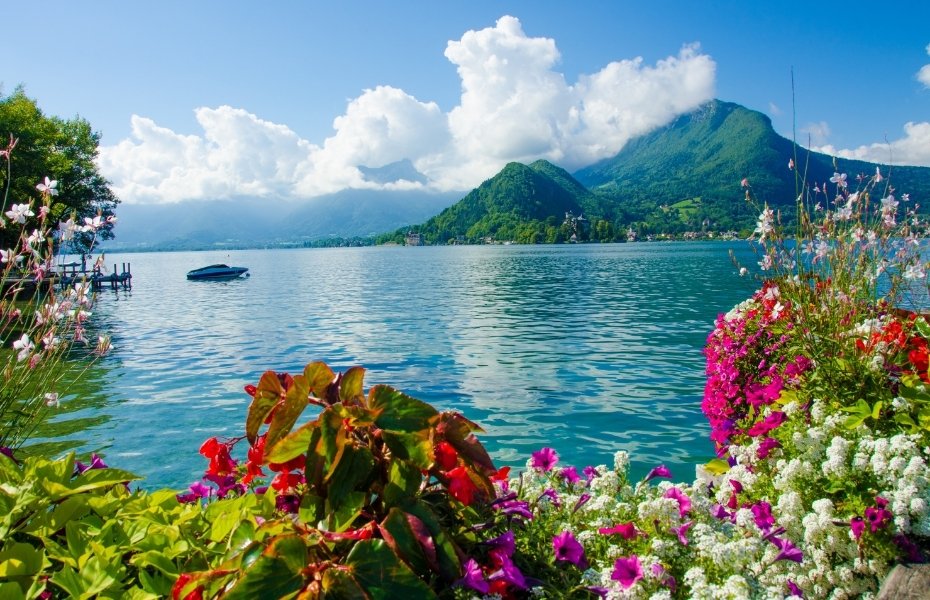
Top 9 Most Beautiful Lakes in the World
What are the world’s most beautiful lakes? With so many stunning lakes around the globe, creating this list wasn’t easy. However, our choices all have something in common: Each offers panoramic lake…

